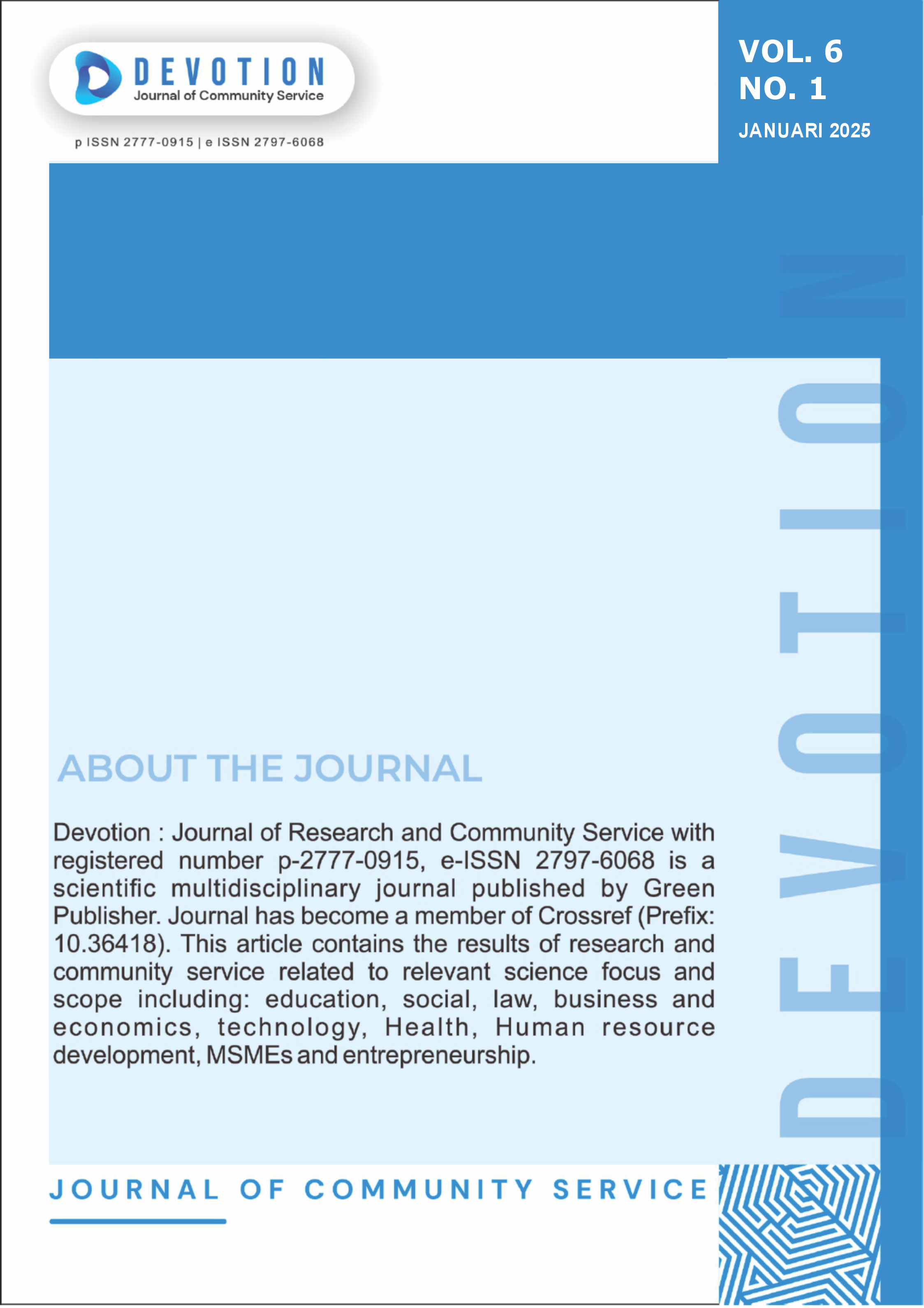Analysis of Time Control Strategies Using The Critical Path Method (CPM) In The Development of The Java Residence Cluster For Mass-Product
DOI:
https://doi.org/10.59188/devotion.v6i1.25403Abstract
The increasing complexity and scale of industrial and construction projects demand efficient management techniques to ensure timely delivery, cost-effectiveness, and adherence to quality standards. This study focuses on the implementation of the Critical Path Method (CPM) in managing the construction of the Cluster Java Residence in Sidoarjo to enhance time efficiency. The research investigates the effectiveness of CPM in identifying and mitigating delays by analyzing project activities, their interdependencies, and schedule flexibility using forward and backward pass calculations. Secondary data from project schedules and primary data from field observations were analyzed to identify critical paths and optimize project timelines. Results indicate that the implementation of product quality control in the construction of housing units in the Java Residence Cluster is still under control, although the average number of defects or complaints per housing unit is relatively high. The issues of defects or complaints in the construction of housing units in the Java Residence Cluster are caused by factors related to humans, machines or tools, materials, and work methods.
Downloads
Published
Issue
Section
License
Copyright (c) 2025 Kukuh Budi Prasetiya, Andi Patriadi, Sajiyo Sajiyo

This work is licensed under a Creative Commons Attribution-ShareAlike 4.0 International License.
Authors who publish with this journal agree to the following terms:
- Authors retain copyright and grant the journal right of first publication with the work simultaneously licensed under a Creative Commons Attribution-ShareAlike 4.0 International. that allows others to share the work with an acknowledgement of the work's authorship and initial publication in this journal.
- Authors are able to enter into separate, additional contractual arrangements for the non-exclusive distribution of the journal's published version of the work (e.g., post it to an institutional repository or publish it in a book), with an acknowledgement of its initial publication in this journal.
- Authors are permitted and encouraged to post their work online (e.g., in institutional repositories or on their website) prior to and during the submission process, as it can lead to productive exchanges, as well as earlier and greater citation of published work.













